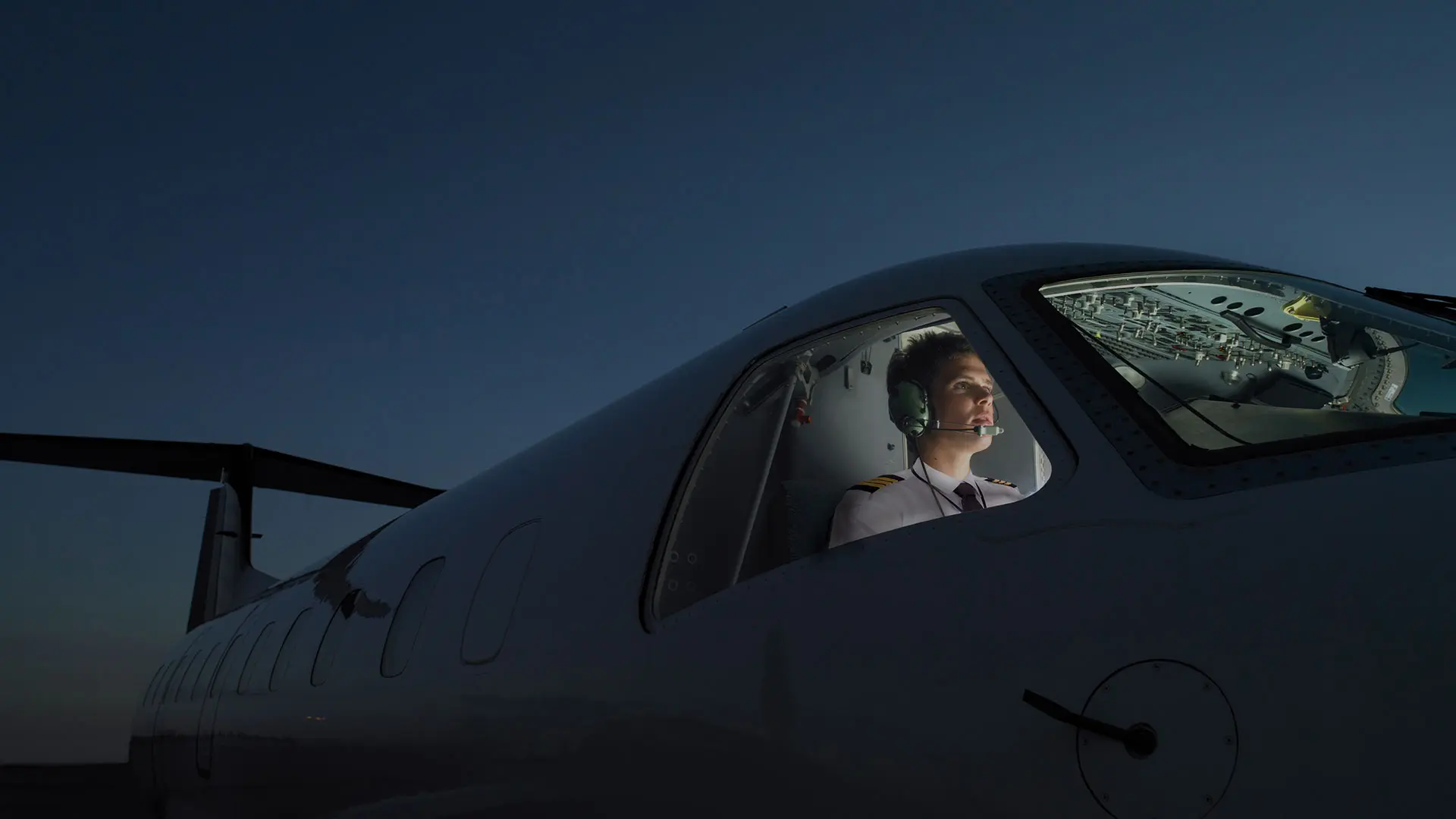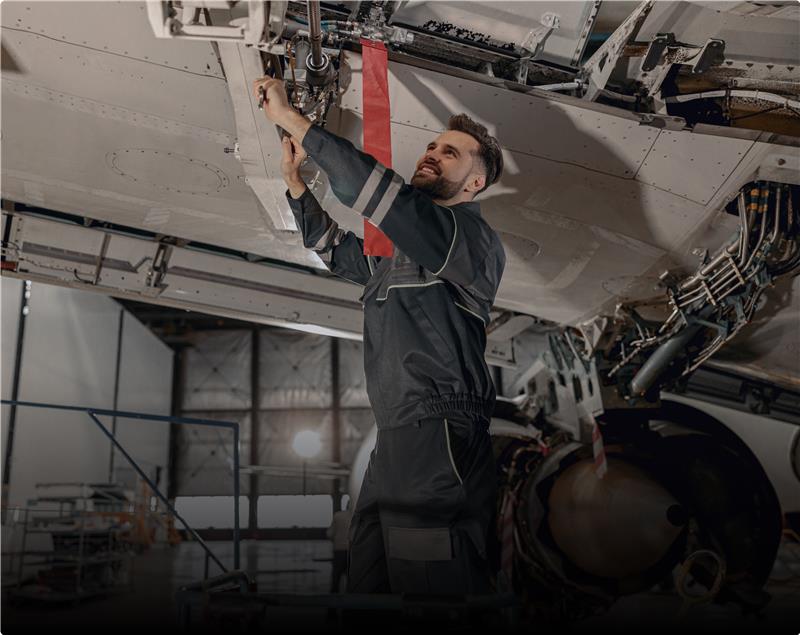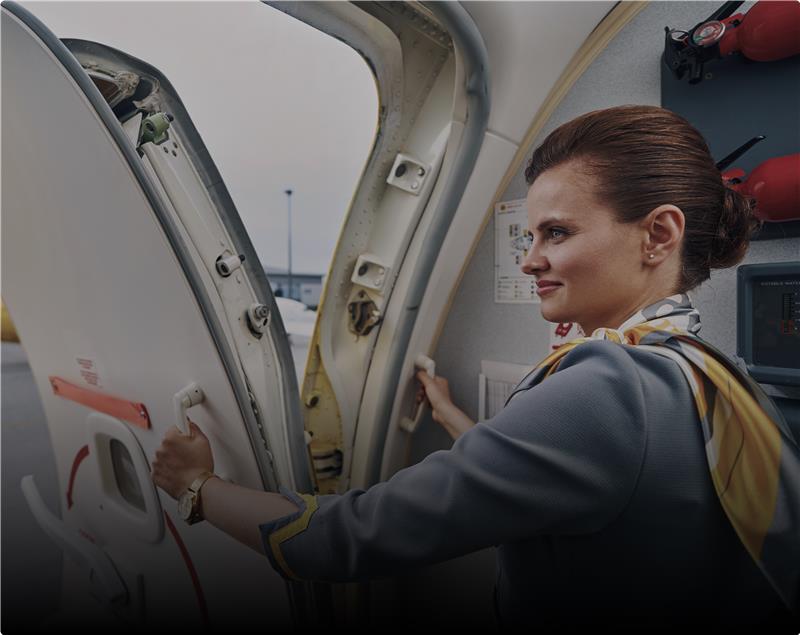





CAE's 2025 Aviation Talent Forecast reveals that the aviation industry will need 1,465,000 new professionals over the next decade due to fleet expansion, rising travel demand, and high retirement rates. This demand includes 300,000 pilots, 416,000 aircraft maintenance technicians, 678,000 cabin crew, and 71,000 air traffic controllers.
Today and tomorrow, we must ensure that we are ready to address this demand. As an industry, we must enhance training programs, leverage technology, and promote aviation careers to ensure a sustainable future and keep our skies safe.

